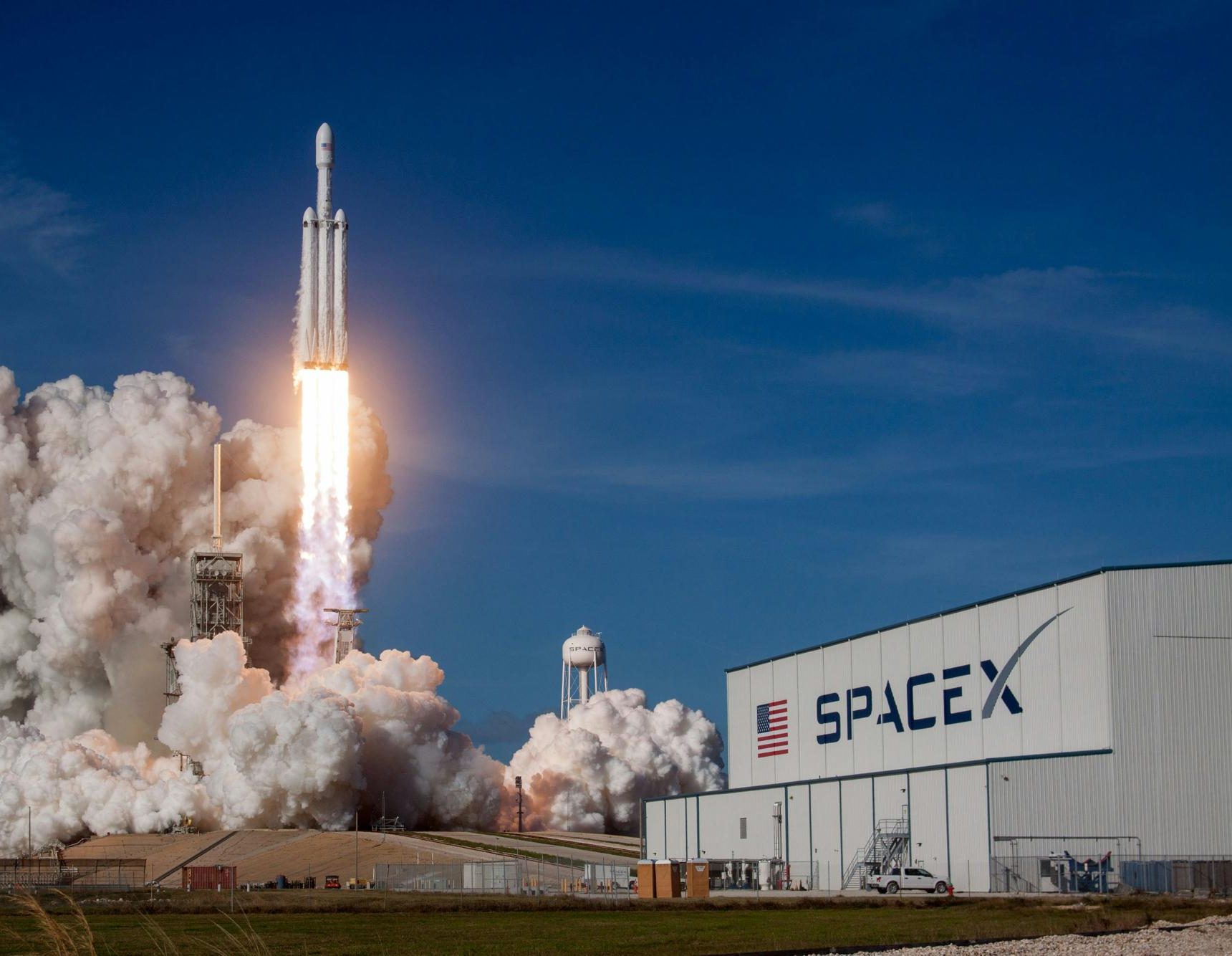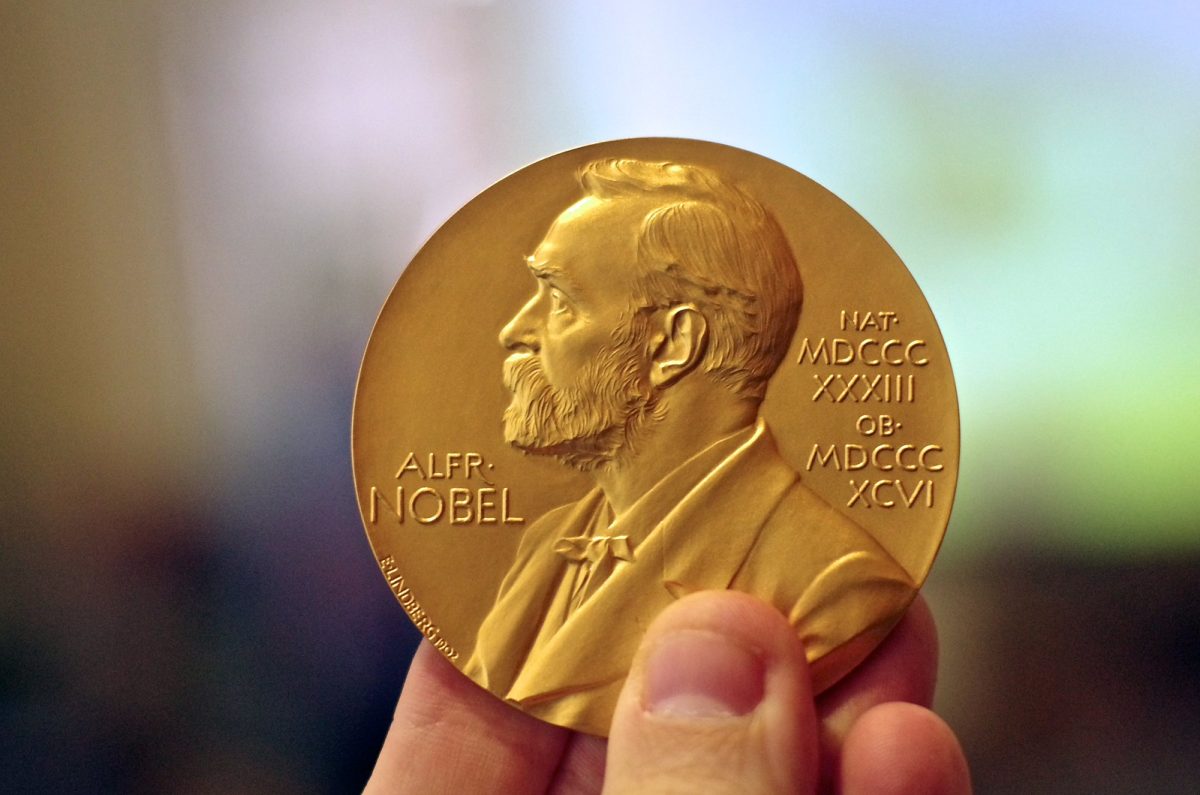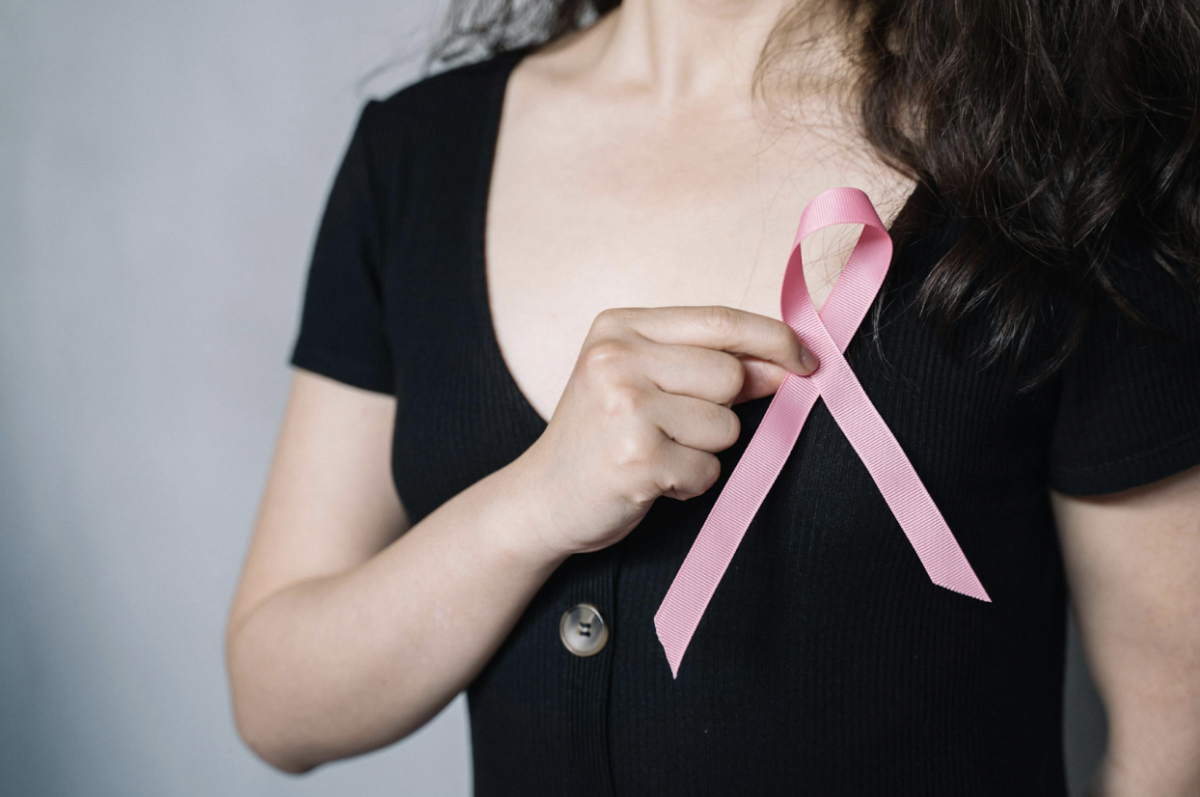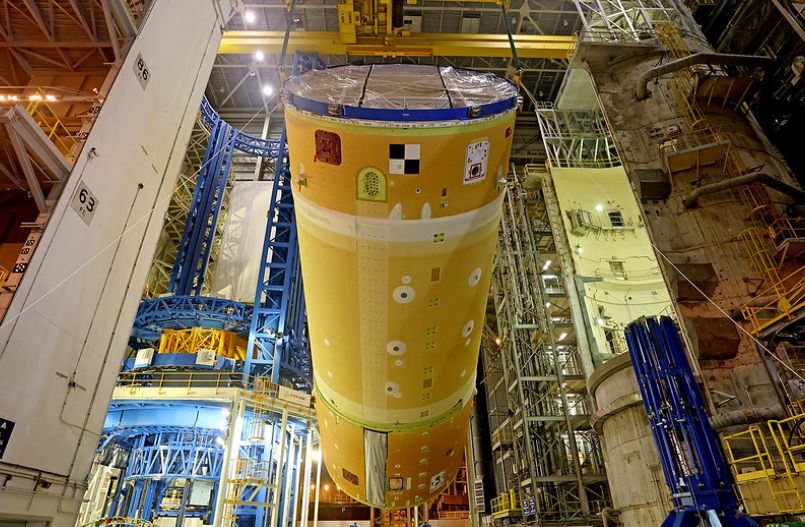On September 10, Polaris Dawn launched the SpaceX rocket at 5:23 a.m. in an attempt to “conduct the first-ever private spacewalk,” according to Space.com.
In a collaboration between Elon Musk’s rocket company, SpaceX, and billionaire entrepreneur, Jared Isaacman, the rocket was launched in hopes of filming a video of the first spacewalk done by non-professional astronauts. The trip took five days, which is the longest trip to space since “NASA’s moon landings more than 50 years ago,” as reported by The New York Times.
In addition to Isaacman, the astronauts who performed the spacewalk are “Scott Poteet, a retired U.S. Air Force lieutenant colonel, and pilot who is a longtime friend of [Isaacman’s] and two SpaceX employees, Anna Menon, a space operations engineer, and Sarah Gillis, an engineer who oversees astronaut training,” the Times report. Customarily, astronauts would train for 300 hours for missions such as spacewalks, NASA reports. However, the Polaris Dawn crew trained for two and a half years, “which included choreographing and rehearsing each step of the spacewalk,” according to an article on NBC News.
In the spacewalk, only Isaacman and Gillis were in outer space, while Poteet and Menon were in the spacecraft handling the umbilical cords and making sure nothing went wrong. The main goal for this spacewalk was to test the new and improved space suits provided by SpaceX, as reported by The New York Times. The spacesuits had been enhanced in “key areas to make [them] lightweight and unobtrusive, all while protecting astronauts in the unforgiving environment of outer space,” according to Space.com. Unlike the suits we’ve seen before, which were big, heavy spacesuits that look impossible to walk in, these suits look like slick tracksuits that might even be comfortable.
Lucy Fan, who teaches chemistry and physical science at THS, says that the SpaceX suits, cord supplying oxygen, and motion and communication devices SpaceX developed are also much cheaper versions than those created previously by NASA. She said the fuel of the rocket is different from those used in NASA missions, as well.
“The SpaceX Falcon 9 rockets use liquid oxygen and refined kerosene’s combustion reaction in the engine,” Fan said. “The much bigger Starship rocket uses liquid oxygen and liquid methane for fuel.”
“Before and after the spacewalk, the crew [would] conduct about 40 experiments, including obtaining magnetic resonance images of the astronauts’ brains and attempting to take X-ray images without an X-ray machine by using the natural showers of radiation that stream through outer space,” the Times stated.
Now, some may question how this is any different from Isaacman’s 2021 space mission. That trip was done in a region of space called low Earth, where many satellites, including the International Space Station, orbit. In contrast, the Polaris Dawn mission was done in an outer space region.
Overall, there are many risks but also rewards for a project such as this. The rewards are that we may get closer to the prospect of space tourism and space exploration accessible to the common people.
On September 15, the four astronauts returned to Tortugas, Florida at 3:37 a.m., according to CNN. The mission was a huge success, in part because more experiments on microgravity—a state in which objects and people experience very little gravitational force, almost as if they are weightless—will be able to start. Additionally, “the idea of a private company performing such difficult space operations has become that much more plausible,” as reported by Nature.
“Secretly, I have a dream of traveling to outer space to tour, explore, experiment, and perhaps teach a lesson to my students on Earth, so I am applauding this major progress,” Fan said.
Mr. Devereaux, a biology educator at THS, suspects that in another lifetime, all citizens will be able to go into space since everything accomplished by SpaceX and NASA leads to the prospect that, someday, going to space will just be another vacation.
“Back at home, we all have a lot of work to do, but from here, Earth sure looks like a perfect world,” Issacman said.








